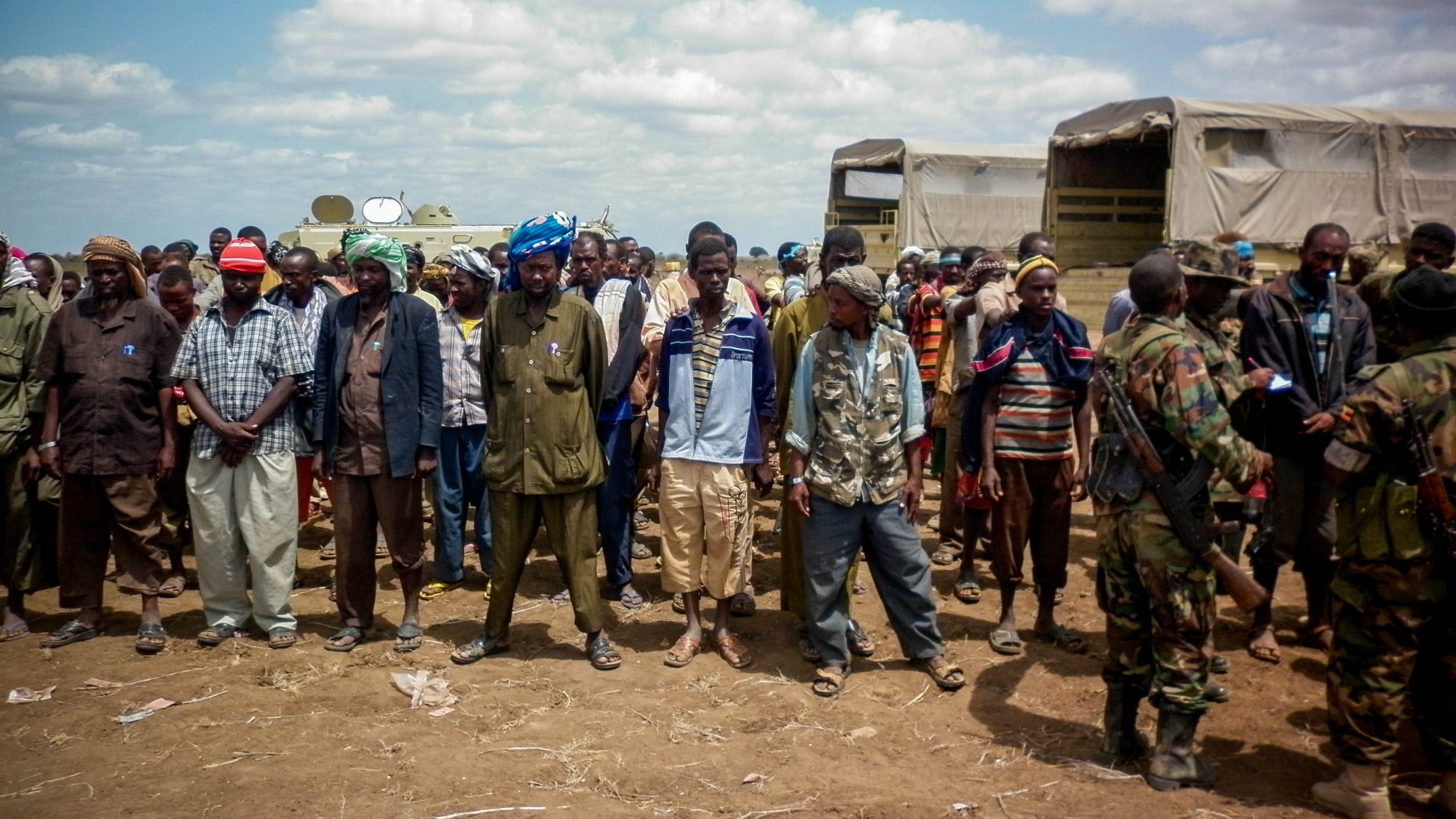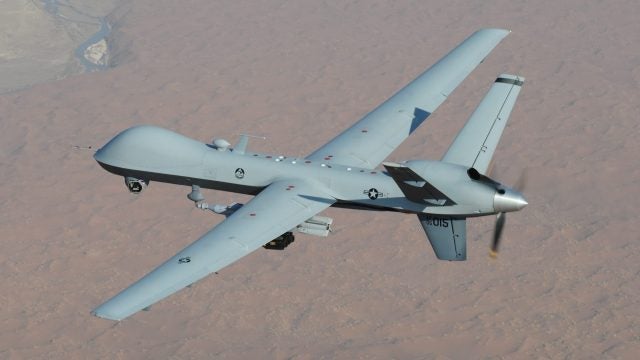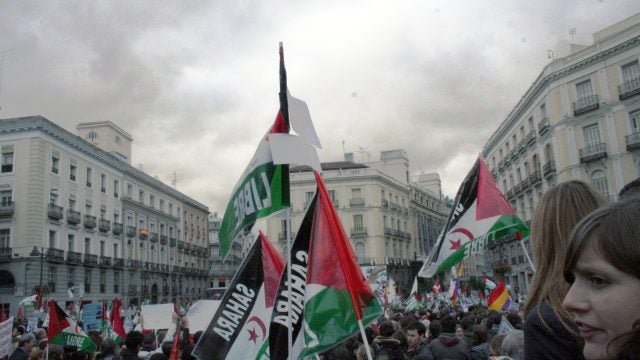
Title: An Update on Preventing Violent Extremism in the Horn of Africa
Five years have passed since the UN global mandate on preventing violent extremism (PVE) was launched and rapidly adopted by the Horn of Africa (HoA) countries. Since then, mostly small and medium international organizations funded by foreign, largely Western, donors have pioneered work in this space. Notably, the African Union (AU) Peace & Security Council has tried to lead the region’s path to PVE – it has championed the inclusion of youth and called for gender mainstreaming in programming. The AU has also attempted to connect East and West Africa’s lessons learned in combatting violent extremism. Yet, challenges remain with regard to implementing both regional and international PVE-related commitments.
According to the 2017/2018 Amnesty International Annual Report, “the world witnessed a rollback of human rights,” a trend that did not escape the HoA region. For example in Tanzania, president John Magufuli has “continued to deregister civil society groups.” In response, alarmed civil society organizations (CSO) in Tanzania and abroad wrote an open letter to Magufuli urgently requesting not to backslide on the progress made on human rights thus far, a call that seemingly landed on deaf ears. It is notable that juxtaposed to Magufuli’s curtailing the rights of CSOs is Ethiopia, which created more open space for CSOs to operate in February of 2019. Civil society organizations are vital partners in PVE and could even play a leading role given their community-centered work and approach. Regional states should promote CSOs to function unrestrictedly in the arena of PVE since they have the most direct access point to working with vulnerable communities.
Though the UN stresses that international humanitarian law (IHL) should guide each of its global plans of action, IHL has not been directly assigned as one of the seven priority areas in its PVE Reference Guide. Not assigning IHL as one of the leading priorities in PVE implementation risks retarding the progress to combat extremism in conflict-affected areas such as Somalia and in some regions of Ethiopia. Particularly, without guiding principles of IHL in an armed conflict, PVE measures targeting issues such as poor governance, violations of human rights, and the rule of law will be difficult to define legally. There is a dearth of research in identifying a framework that captures PVE within the decrees of IHL; examining the linkages between the two would help build such a framework. Ensuring that PVE efforts are grounded in IHL would allow for effective legal mechanisms and due processes when engaging with actors in armed conflicts.
Additionally, another benefit of adopting IHL in PVE would be clearly defined legal measures with regard to state-sponsored violence. According to the 2017 UNDP Journey to Extremism in Africa report, “A sense of grievance towards, and limited confidence in, government is seemingly widespread in the regions of Africa associated with the highest incidence of recruitment to violent extremism.” Generally, when states are the source of conflict, their populations will find opposition narratives more alluring than those of their governments. According to local sources in Somalia, where the beleaguered federal government has been battling the Al-Qa`ida-linked violent extremist organization (VEO) Al-Shabaab, communities often report that the indiscriminate heavy-handedness of security forces was a major decision for joining the group, with economic opportunity the other main factor. IHL clearly defines the terms relating to both state and non-state violence in an armed conflict; governments adhering to these parameters would most likely reduce the rate of citizens joining extremist groups. Moreover, according to the ICRC, “Promotion of IHL or human rights standards among armed and security forces, prison authorities and judicial authorities could be seen as contributing to strengthening good governance.” Thus, poor governance is a major source of motivation to join VEOs.
Closely linked to IHL adherence in PVE is the lack of framework and research that help set out the practicalities of conducting this type of preventative work in conflict-affected countries. In Somalia, the threat of Al-Shabaab has largely been kept at bay; the last sequence of violent attacks seemingly diminished due to a combination of factors, such as the group running out of funding, increased U.S. airstrikes, and, to a lesser extent, the rise of defection/reintegration programs. Since there are no current rules guiding how to handle processes such as traditional disarmament, demobilization, and reintegration (DDR) programs in countries suffering from violent extremism, measuring the impact of such programs becomes futile. As stated, some practitioners have asked this very question: what would DDR look like when implementing PVE. When designing PVE interventions in countries facing armed conflict, programs need to allocate considerable funding in research to identify how best to achieve desired results.
Even though it has been five years since the UN and state leaders called for a focus on the prevention side of combatting violent extremism, to date there is not much at which to point. Preventative measures are yet to be prioritized; one key reason is that donors may not have the capacity to measure the impact of their programming. For example, in Kenya, categorized as a ‘spill-over’ state by the UNDP, it is difficult to ascertain whether prevention programming helps curb recruitment into violent extremism, which is a nightmare for organizations that seek donor funds. Complicating the preventative approach is the lack of program evaluations that could support the evidence-based data that donors demand. According to the RAND Corporation, “One of the biggest efforts to date to map and systematically assess the state of PVE evaluations concluded that most methodologies applied so far fell short of providing rigorous investigations of program outcomes informed by empirical data.” Development aid is already focused on key components that also combat violent extremism such as good governance, youth employment, and women empowerment, among others. Thus, the opportunity will be to mainstream PVE across the various traditional interventions that also directly link to reducing extremism.
Compounding the deficiency of preventative measures is the lack of clarity to define PVE interventions by major institutions working in this area. Most implementers are unable to provide logical frameworks that clearly define and measure the outcome, outputs, and impact of proposed activities. In addition to the challenges of measuring prevention is the uncertainty of laws governing PVE work. The fact that there are a plethora of actors (state, security forces, CSOs, large international organizations, and multilateral security institutions) who are involved in PVE implementation also contributes to the perplexity of clearly defined milestones. Again, this is not a challenge unique to the HoA region. Implementers should be flexible enough to change course when evidence-based research suggests so. Subsequently, donors should create space for the creativity of implementers’ program delivery and allow room to maneuver from preset terms of references.
Numerous uncertainties lie ahead for the HoA: the impact of COVID-19, political fighting regarding the Great Ethiopian Revolutionary Dam, volatile upcoming regional presidential elections, greater humanitarian stresses (including refugees, IDPs, and urban settlers), and the lack of reconciliation processes, to name a few. Underlying most of these uncertainties is the need for citizens to perceive that their governments are actively combatting violent extremism and are also engaged in vital preventative measures while adhering to globally-recognized IHL. What the state of affairs would look like in the next five years will vary significantly depending on how the HoA states respond to their communities’ human rights, socio-economic, and access to justice needs and requirements.
. . .
Rahma Dualeh is an expert on the Greater Horn of Africa, focusing on security and justice sector reform; national and regional peace processes; and preventing and countering violent extremism. She has conducted research on violent extremism for USSOCOM, AFRICOM, and the European Union. Her fieldwork engagements have stationed her in Djibouti, Ethiopia, Kenya, Somalia, and Somaliland, while her fieldwork research also encompassed Tanzania, Uganda, and Rwanda and parts of West Africa.
Recommended Articles

Moving forward, the NATO-Russia relationship will be characterized by deterrence in both the nuclear and conventional domains. NATO should focus on stabilizing its relationship with Russia by enhancing the credibility…

Artificial intelligence (AI) is now influencing every area of human life. The past decade has seen a drastic increase in the use of AI, including facial recognition software, self-driving vehicles,…

The United Nations Mission in Western Sahara (MINURSO) was founded in 1991 to oversee the ceasefire of a sixteen-year war as well as the self-determination referendum on the future of…